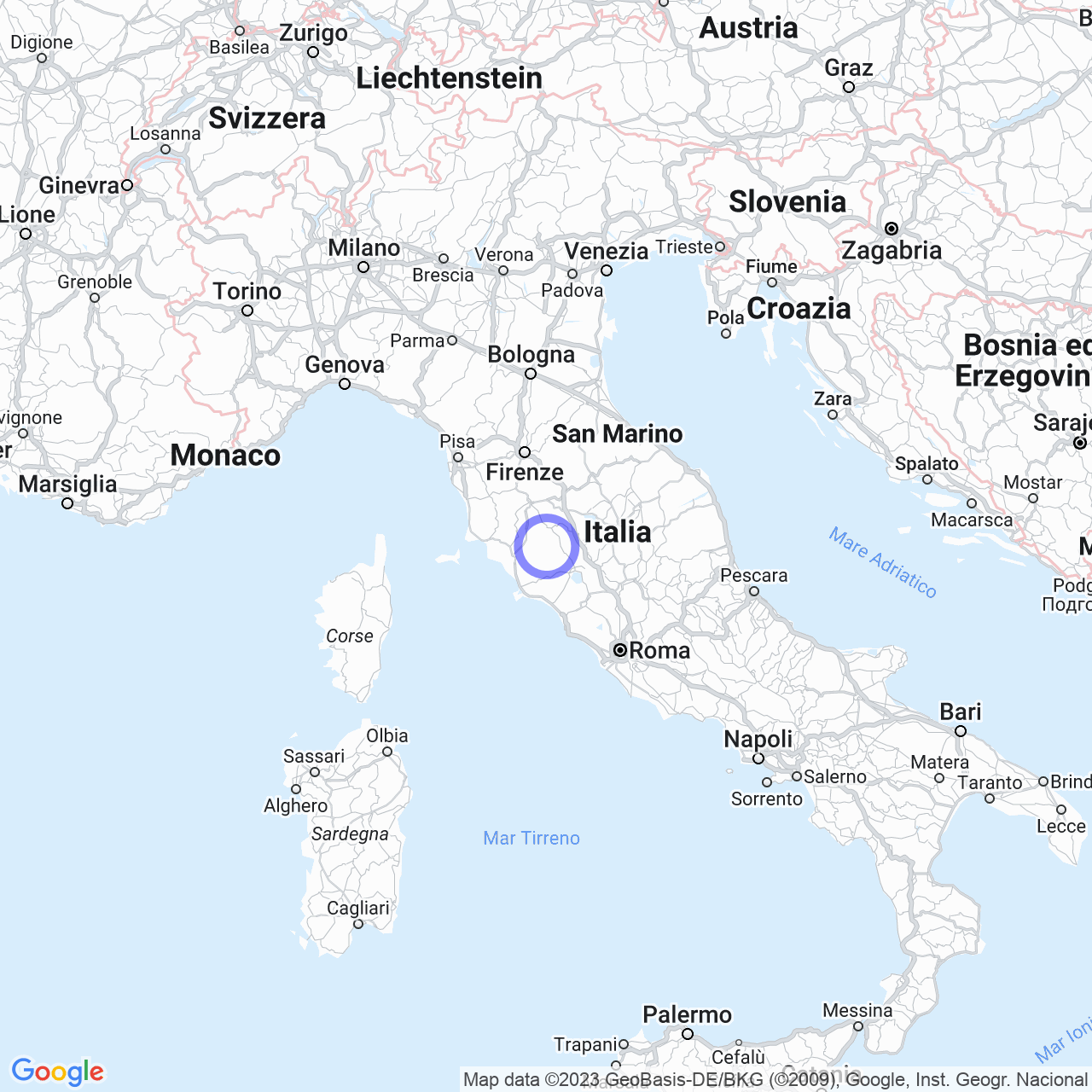Castel del Piano
Castel del Piano: a municipality between nature and history
Castel del Piano is a municipality in the province of Grosseto, in Tuscany, which covers an area of 67.78 square kilometers and has a population of 4753 inhabitants. Characterized by the presence of the massive Mount Amiata, the municipal territory extends from the western slopes of the mountain to the Ombrone valley.
The physical geography of the municipality
The Castel del Piano municipal territory is bordered by the municipalities of Montalcino, Seggiano, Abbadia San Salvatore, Santa Fiora and Arcidosso. The center of the municipality is located at an altitude of 637 meters above sea level, but the total elevation change is 1645 meters. In fact, the municipality extends from the Grosseto Ombrone valley, which is covered with olive groves and vineyards, to the summit of Mount Amiata, covered by dense beech forests starting at 1000 meters above sea level.
Within the municipal territory are also located the meadows of Macinaie and Contessa, from where some ski lifts to Mount Amiata start.

The climate of Castel del Piano
The Castel del Piano municipal territory is characterized by different microclimates, depending on altitude and exposure. The plain area along the course of the Orcia river has characteristics similar to those of the Maremma plain, while the hilly and mountainous areas have a climate ranging from sub-littoral to sub-continental.
The municipal center has been classified in a climatic classification, with a sum of 2199 degree days. Heating systems can therefore be turned on for a maximum of 14 hours per day between October 15th and April 15th.
The history of Castel del Piano
The origins of the municipality
The origins of the municipality of Castel del Piano date back to the Etruscan era, as evidenced by the numerous archaeological finds present on the territory. In Roman times, the territory was crossed by the Cassia road, the main road that connected the city of Rome to Tuscany and Etruria.
The Middle Ages and the Renaissance
During the Middle Ages, the Castel del Piano municipal territory was contested between local noble families, the Aldobrandeschi counts and the Tolomei lords. In 1331, the municipality of Castel del Piano finally obtained independence, but during the Renaissance it was again subjected to the domination of local noble families.
From 1800 to today
Starting from 1800, the municipality of Castel del Piano experienced strong economic development thanks to the production of oil and wine, but also to the presence of numerous commercial and artisanal activities. During World War II, the municipality was the scene of many clashes between German troops and the Allied forces.
In the 50s and 60s, the territory of Castel del Piano experienced a strong emigration towards other Italian regions and abroad, but in recent decades there has been a return of young families who have chosen to live in the tranquility and beauty of the municipal territory.
The resources of Castel del Piano
Agriculture and the production of chestnuts
The territory of Castel del Piano is characterized by the presence of olive groves and vineyards, but especially by the production of chestnuts, which have obtained the IGP trademark. Thanks to the presence of chestnut groves, numerous festivals and fairs dedicated to chestnuts are held in the autumn months, including the famous Chestnut festival of Arcidosso.
Tourism and outdoor activities
The municipality of Castel del Piano is a destination for many tourists, especially in summer and winter. During the summer period, the municipal territory offers numerous outdoor activities, including trekking paths, mountain bike excursions and horseback riding.
During the winter period, skiing can be practiced thanks to the presence of numerous ski lifts to Mount Amiata.
Art and culture
The Castel del Piano municipal territory offers numerous sites of cultural and artistic interest, including the Church of San Giovanni Battista, the Teatro degli Unanimi and the Museum of Peasant Civilization. In addition, during the summer months numerous cultural and artistic events are held, including concerts, theatrical performances and art exhibitions.
Conclusions
Castel del Piano is a municipality in Tuscany that offers numerous interests from a landscape, cultural and gastronomic point of view. Thanks to the presence of Mount Amiata and the production of chestnuts, the municipal territory is a destination for many outdoor activities and not-to-be-missed events.
If you are looking for a peaceful and suggestive destination for your holidays, Castel del Piano could be the ideal solution.
